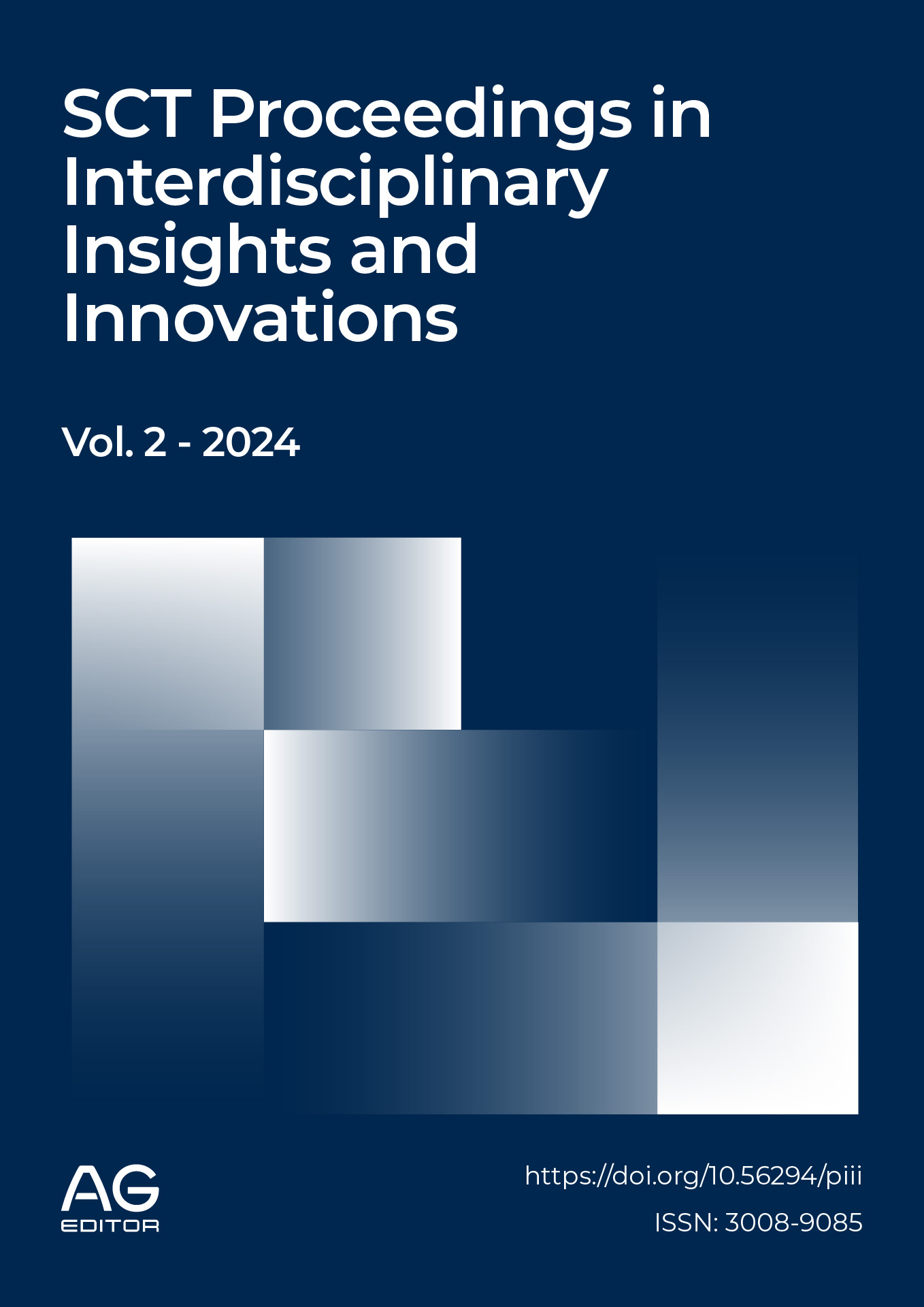Siddhartha and under the wheel: two novels by hermann hesse to understand the “epidemic of solitary lives” in the contemporary world
DOI:
https://doi.org/10.56294/piii2024.156Keywords:
loneliness, isolation, modernity, introspection, authenticityAbstract
Introduction: The article examined the evolution of the concept of loneliness and its impact on contemporary society. It explored linguistic and historical definitions of loneliness and analyzed its transformation from a desired state of introspection to a problematic phenomenon associated with social isolation. It highlighted how modernity and individualization intensified the perception of loneliness as a global crisis.
Development: Throughout the 20th century, isolation increased due to the acceleration of daily life and the emphasis on individual autonomy. Phenomena such as kudokushi in Japan, the rise of psychological disorders, and the proliferation of services aimed at combating loneliness were identified. Several countries implemented policies to address this "epidemic of lonely lives." However, a distinction was made between loneliness as an enriching state and isolation as a negative experience. Through the literature of Hermann Hesse, two types of isolation were contrasted: desolation, reflected in Beneath the Wheel, and transformative solitude, represented in Siddhartha.
Conclusion: The study concluded that loneliness, far from being a problem in itself, can be a source of authenticity and personal growth. The "pandemic of loneliness" is a consequence of social disconnection, but the real solution lies in fostering genuine solitude, enabling introspection and a deeper commitment to oneself and society.
References
1. Bataille, G. (1958). La literatura y el mal (Entrevista en TV). Consultado en el canal de PumpemSachsen en YouTube: https://www.youtube.com/watch?v=LeuffpGl8uE
2. Bataille, G. (2018). Teoría de la religión. El culpable. España: Taurus.
3. Bauman, Z. (2017). Modernidad líquida. México: Fondo de Cultura Económica.
4. Berman, M. ((1989). Todo lo sólido se desvanece en el aire. La experiencia de la modernidad. Buenos Aires: Siglo XXI Editores.
5. Elias, N. (2018). La soledad de los moribundos. México: Fondo de Cultura Económica.
6. Foucault, M. (2002). La hermenéutica del sujeto. Argentina: Fondo de Cultura Económica.__________. (2012). Bajo las ruedas. México: Alianza editorial.
7. Hesse, H. (1981). Escritos Políticos (1914-1932), Barcelona: Bruguera.__________. (2012). Siddhartha. México: Debolsillo.
8. Lipovetsky, G. (2007). La felicidad paradójica. Ensayo sobre la sociedad del hiperconsumo. Barcelona: Anagrama.__________. (2019). La era del vacío. Barcelona: Anagrama.
9. Rico, J. (2015). “Hacia una historia de la soledad”, Historia y Grafía, 42, pp. 35-63.
10. Sepúlveda, E. (2022) El concepto de soledad en la filosofía de Martin Heidegger (tesis de licenciatura). México: Universidad Autónoma de Baja California.
11. Simmel, G. (2014). Sociología. Estudios sobre las formas de socialización. México: Fondo de Cultura Económica.
12. Vincent, D. (2022). Una historia de la soledad. Buenos Aires: Fondo de Cultura Económica.
Downloads
Published
Issue
Section
License
Copyright (c) 2024 Rafael Luna Peralta (Author)

This work is licensed under a Creative Commons Attribution 4.0 International License.
The article is distributed under the Creative Commons Attribution 4.0 License. Unless otherwise stated, associated published material is distributed under the same licence.





